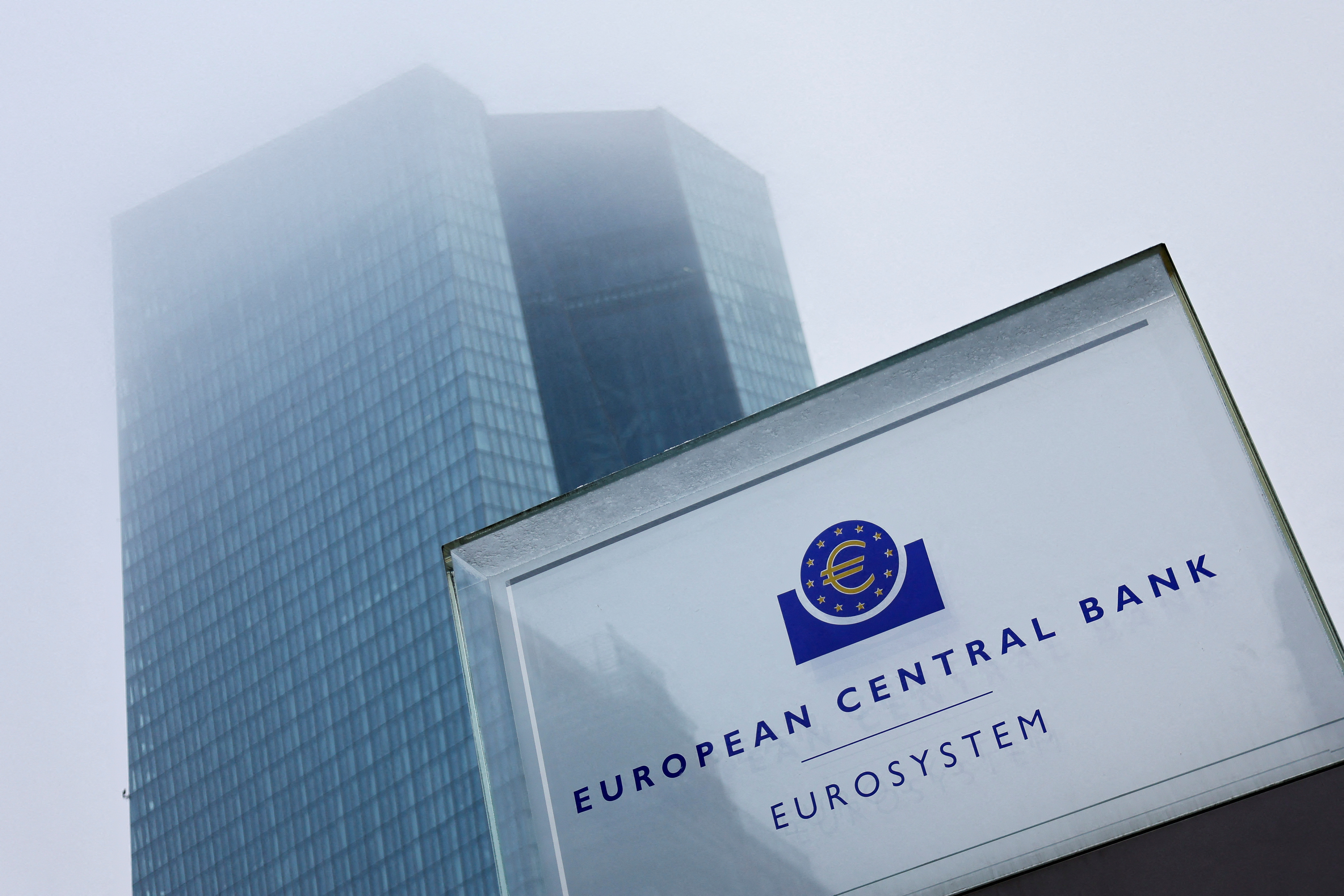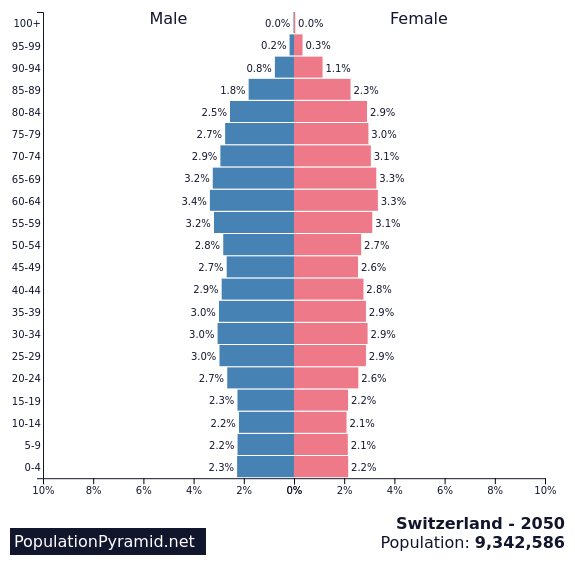Net migration to Switzerland more than doubled to 142,300 last year, the highest number on record, the office said. Of them, about 52,000 were Ukrainians who were not captured in the permanent population until 2023, the spokesperson said. Nearly 264,000 people immigrated and 121,600 left, the figures showed.
Swiss population grows at fastest since 1960s, spurred by Ukrainians
ZURICH (Reuters) - Switzerland's population grew last year at its fastest rate in 60 years, pushed by record immigration including thousands of people from war-torn Ukraine, preliminary figures from the Federal Statistics Office showed on Thursday.
- The permanent population rose by 145,400 to more than 8,960,800 by the end of 2023, an increase of 1.6%, the figures showed.
- Without Ukrainians, the rise would have been 1.0%.
- The increase meant population growth was greater than it has been since the beginning of the 1960s, the office said.
That has made containing immigration an important issue for the Swiss government in negotiations with Brussels to update economic ties with the European Union, which began in March.
- The data showed the jump in immigration was partly down to thousands of Ukrainians who arrived in 2022 but were only captured as part of the permanent population in 2023.
- Nearly 63,000 Ukrainians fled to Switzerland following Russia's invasion in 2022.
They also showed the extent to which Switzerland relies on migrants, with births well below the so-called replacement rate of 2.1 required to keep the population stable.
In 2023, the fertility rate was 1.33 children per woman, the lowest on record. All told, some 27% of the population - or 2.416 million people - were foreigners, the office said.
(Reporting by Dave Graham; Editing by Andrew Cawthorne)






No comments:
Post a Comment